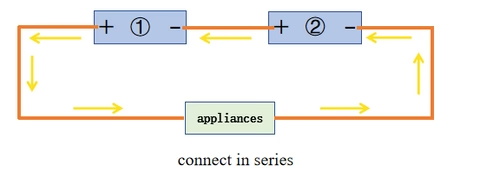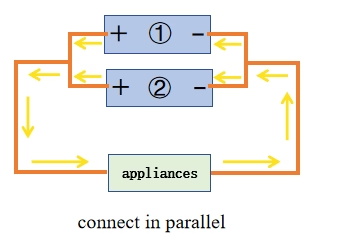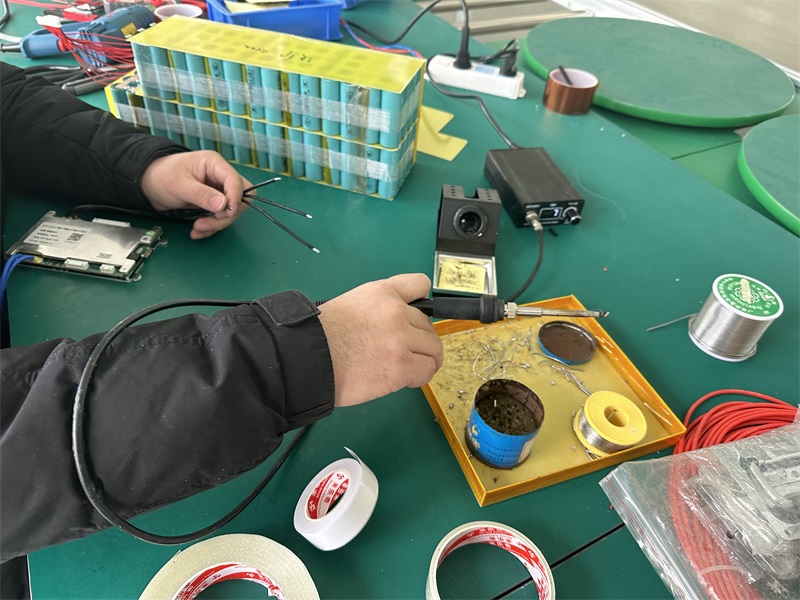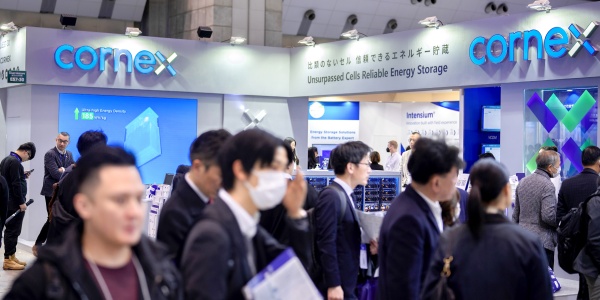Lithium Batteries LiFePO4 Banks In Parallel VS Series Connection-Battery Pack Customization
In the world of energy storage, LiFePO4 (Lithium Iron Phosphate) batteries have gained significant popularity due to their stability, long lifespan, and safety. We carry out an extensive battery pack customization business, and when we receive orders from customers with different needs, we begin to design battery packs.
When designing a battery bank, understanding the differences between connecting LiFePO4 batteries in parallel vs. series is crucial. Whether you're considering LiFePO4 banks in parallel or LiFePO4 batteries in series, knowing the pros, cons, and safety considerations is essential for achieving optimal performance and safety.
Connecting LiFePO4 Batteries in Series
Series connection of LiFePO4 batteries involves linking multiple cells in a sequence to boost the total voltage output. In this setup, the positive terminal of one cell connects to the negative terminal of the next cell, continuing this pattern until the desired voltage is reached.

When you connect LiFePO4 batteries in series, the voltages of each battery are added together, but the capacity (amp-hour rating) remains the same as a single battery. This configuration is ideal when higher voltage is required for specific applications, such as in electric vehicles (EVs) or off-grid solar power systems.
Advantages of Connecting LiFePO4 Batteries in Series
Higher Voltage: Connecting batteries in series allows you to achieve the desired voltage for your system. For example, connecting four 3.2V LiFePO4 cells in series will give you a total of 12.8V.
Space Efficiency: In many applications, higher voltage is required to reduce the need for large amounts of wiring or additional components.
Application Flexibility: Series connections are suitable for high-voltage systems, such as large energy storage solutions or EV batteries.
Disadvantages of Connecting LiFePO4 Batteries in Series
Imbalanced Voltage: If the batteries are not balanced, some cells might charge or discharge unevenly, leading to potential damage or reduced lifespan.
Complex Monitoring: Managing and monitoring the voltage of each cell becomes more complex, as the batteries need to be balanced to ensure uniform charge and discharge cycles.
Parallel Connection of LiFePO4 Batteries
Parallel connection of LiFePO4 batteries involves connecting multiple cells by linking their positive terminals together and their negative terminals together to increase the overall capacity of the battery pack.

In contrast to series connections, LiFePO4 banks in parallel involve connecting the positive terminals of all the batteries together and the negative terminals together. This configuration allows the system to maintain the same voltage as a single battery, but the capacity increases by the sum of each battery's capacity.
Advantages of Connecting LiFePO4 Batteries in Parallel
Increased Capacity: Connecting LiFePO4 batteries in parallel increases the overall capacity (amp-hours). For example, if you connect four 3.2V, 100Ah cells in parallel, you will get a total capacity of 400Ah.
Simpler to Manage: With parallel connections, batteries tend to discharge evenly, and the voltage remains constant across the bank, making it easier to manage and monitor.
Enhanced Reliability: The failure of one battery in a parallel system does not significantly affect the overall performance of the bank, as the other batteries can continue to supply power.
Disadvantages of Connecting LiFePO4 Batteries in Parallel
Charging Challenges: Charging LiFePO4 batteries in parallel can be tricky because each battery may have slightly different voltage levels. If not properly managed, unequal charging can lead to overheating or damage.
Safety Concerns: If one battery is faulty or damaged, it can affect the entire bank, causing the other batteries to become stressed or even fail.
Size and Space: Parallel connections require more physical space to accommodate multiple batteries, which can be an issue in compact applications.
Charging LiFePO4 Batteries in Parallel

When charging LiFePO4 batteries in parallel, it's essential to ensure that all the batteries are at similar voltage levels before connecting them. If one battery is significantly higher or lower than the others, it could result in damage to the cells or uneven charging.
A battery management system (BMS) is crucial for ensuring that all batteries charge uniformly. The BMS will monitor the state of each cell, ensuring proper charging and protecting the battery bank from overcharging, overheating, and other risks.
Key Considerations When Choosing Between Series and Parallel Connections
Voltage Requirements: If your system requires higher voltage, then connecting LiFePO4 batteries in series is the way to go. For example, a 48V battery bank can be achieved by connecting 15 LiFePO4 cells in series (each 3.2V).
Capacity Requirements: If you need a higher overall capacity (for longer runtimes), LiFePO4 banks in parallel will be the best choice. This is especially true for backup power systems or energy storage for solar power.
Space Constraints: Parallel banks can take up more space due to the additional batteries needed to increase capacity. On the other hand, series configurations might be more space-efficient when higher voltage is required.
Conclusion
The choice between connecting LiFePO4 batteries in series vs. LiFePO4 banks in parallel ultimately depends on your specific application, voltage, and capacity needs. LiFePO4 batteries in series are perfect for higher voltage requirements, while LiFePO4 banks in parallel are ideal for increased capacity. Regardless of your configuration, always prioritize safety and ensure proper charging methods to extend the lifespan and reliability of your battery bank. With proper setup and maintenance, your LiFePO4 batteries can provide a safe, efficient, and long-lasting energy storage solution.
Customized Lithium Battery Module Cases
1. Customized 24V8Ah and 24V16Ah Battery Packs for Medical Device
2. Customized 73.6V 52Ah LiFePO4 Battery For Three-wheeled Electric Vehicles
3. Customized 80V 12KWH LiFePO4 Marine Battery Pack For Boat

